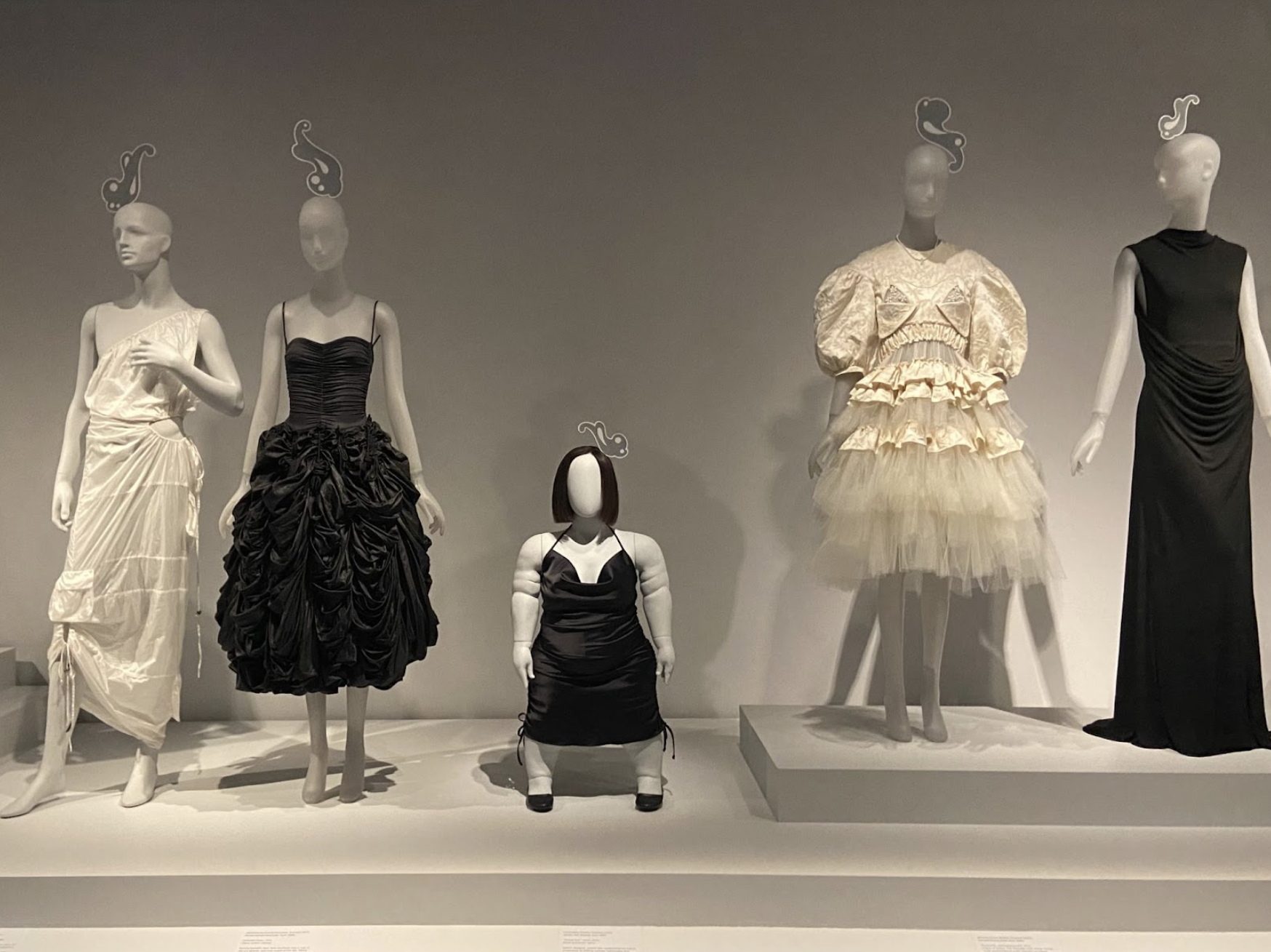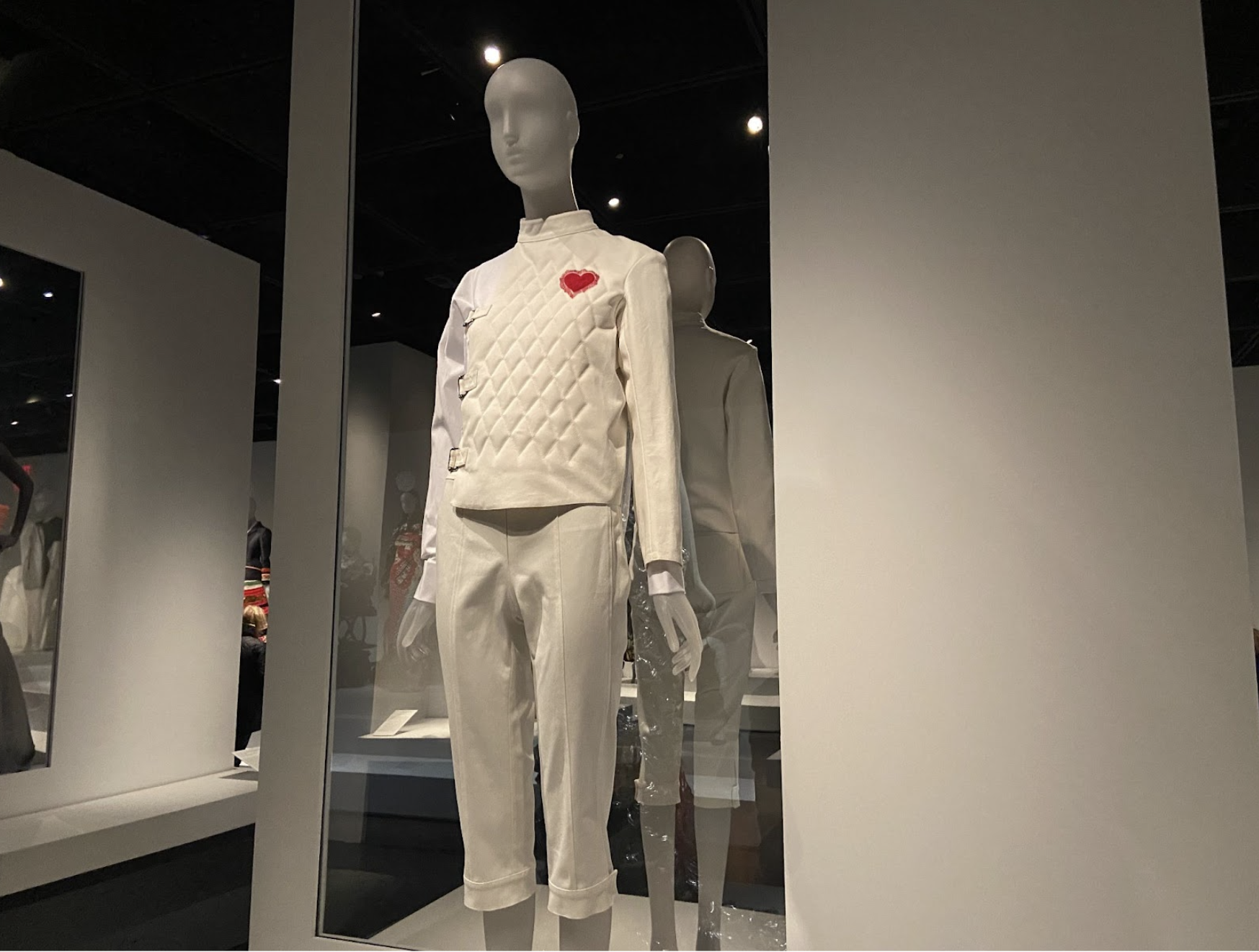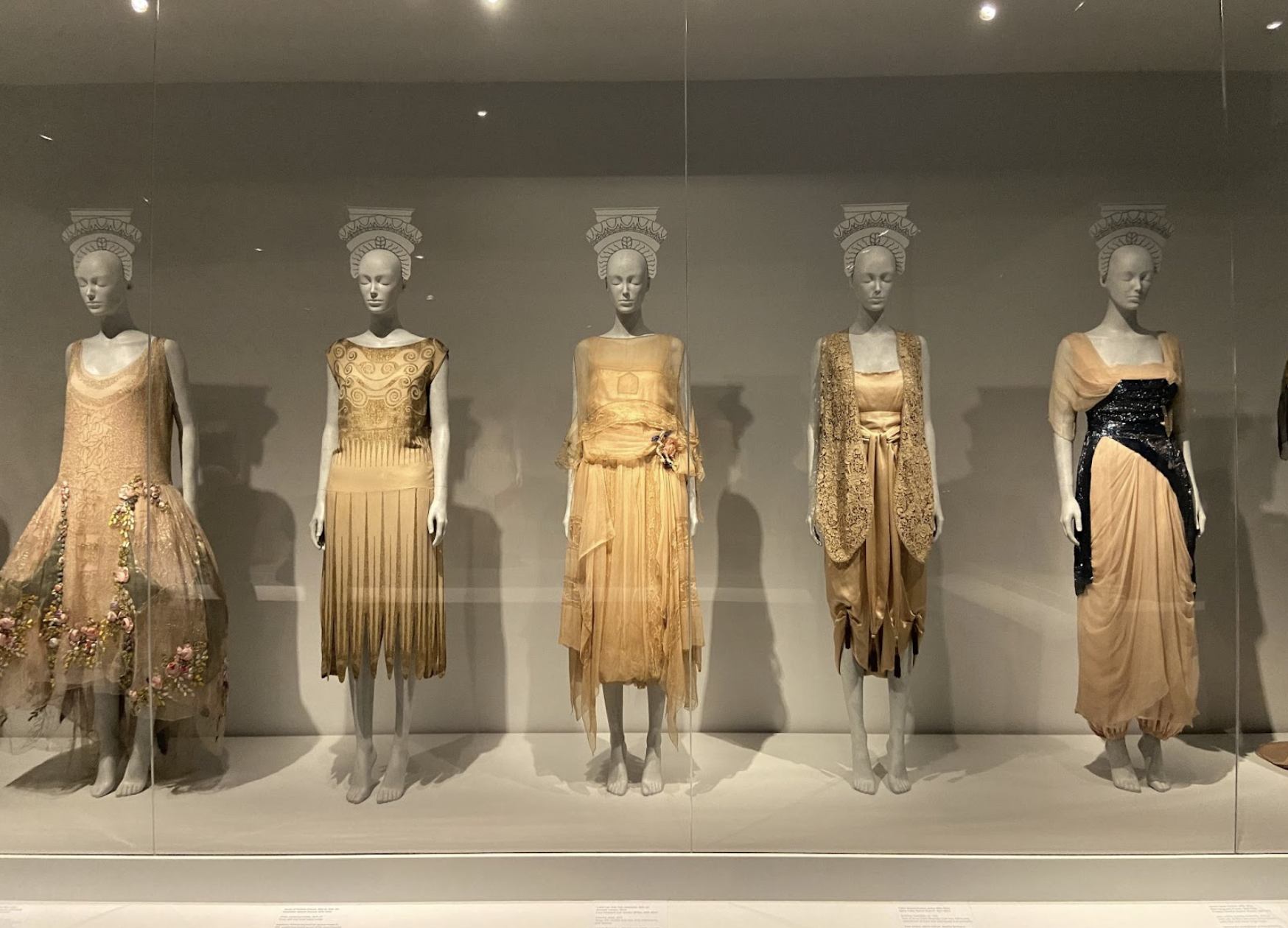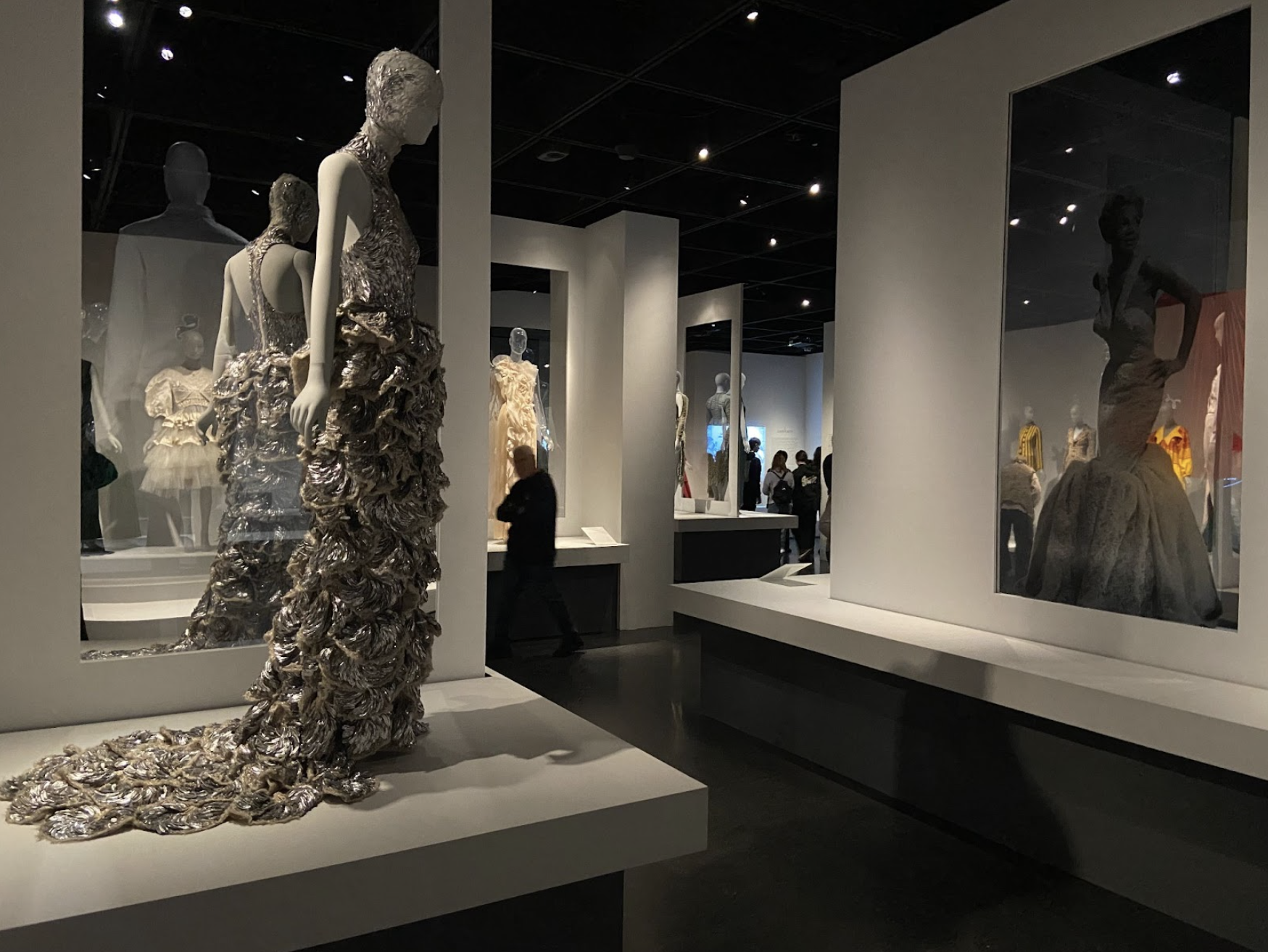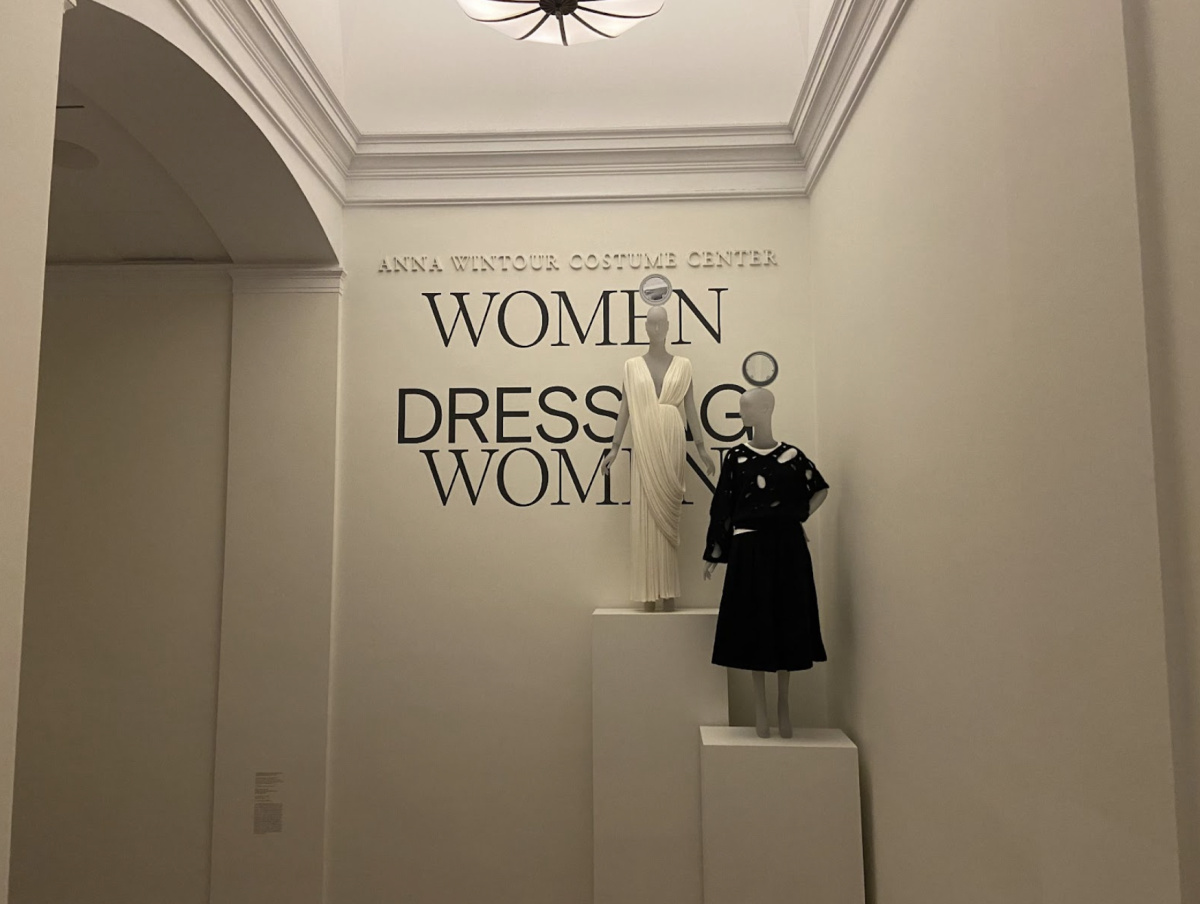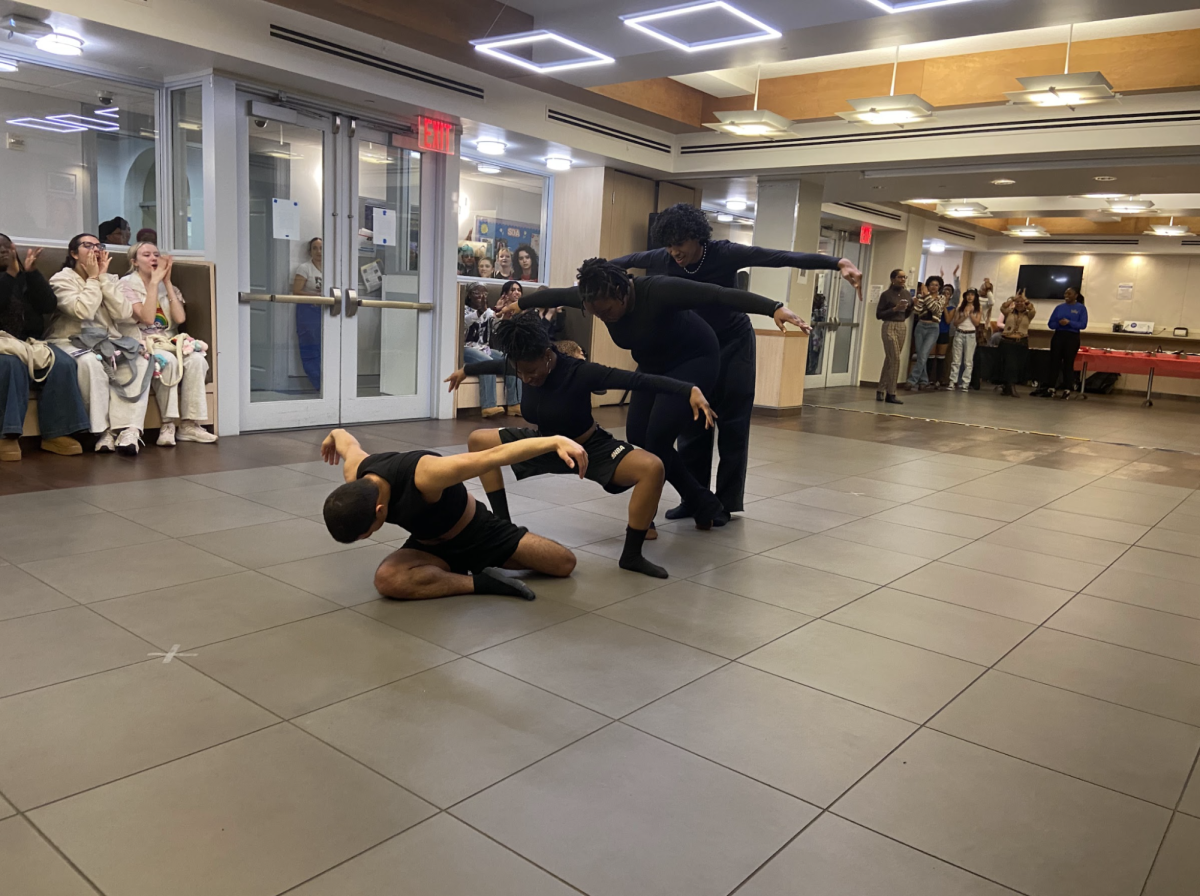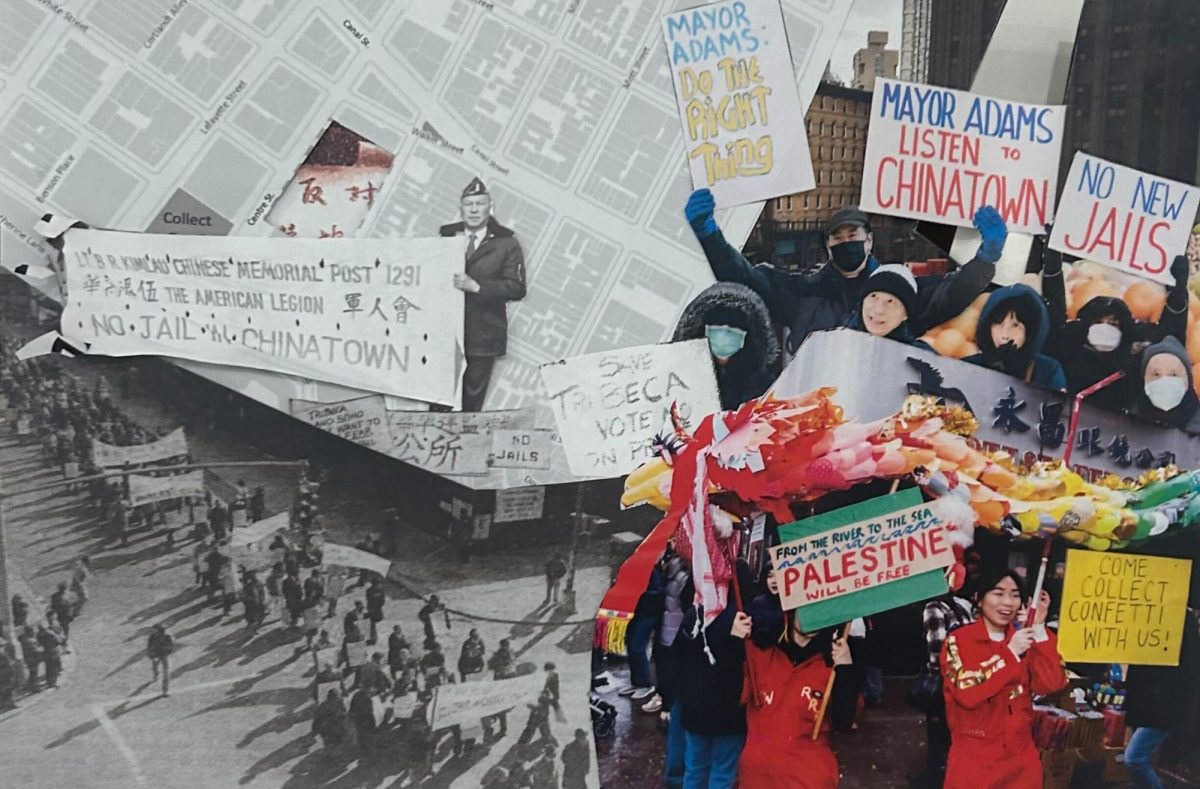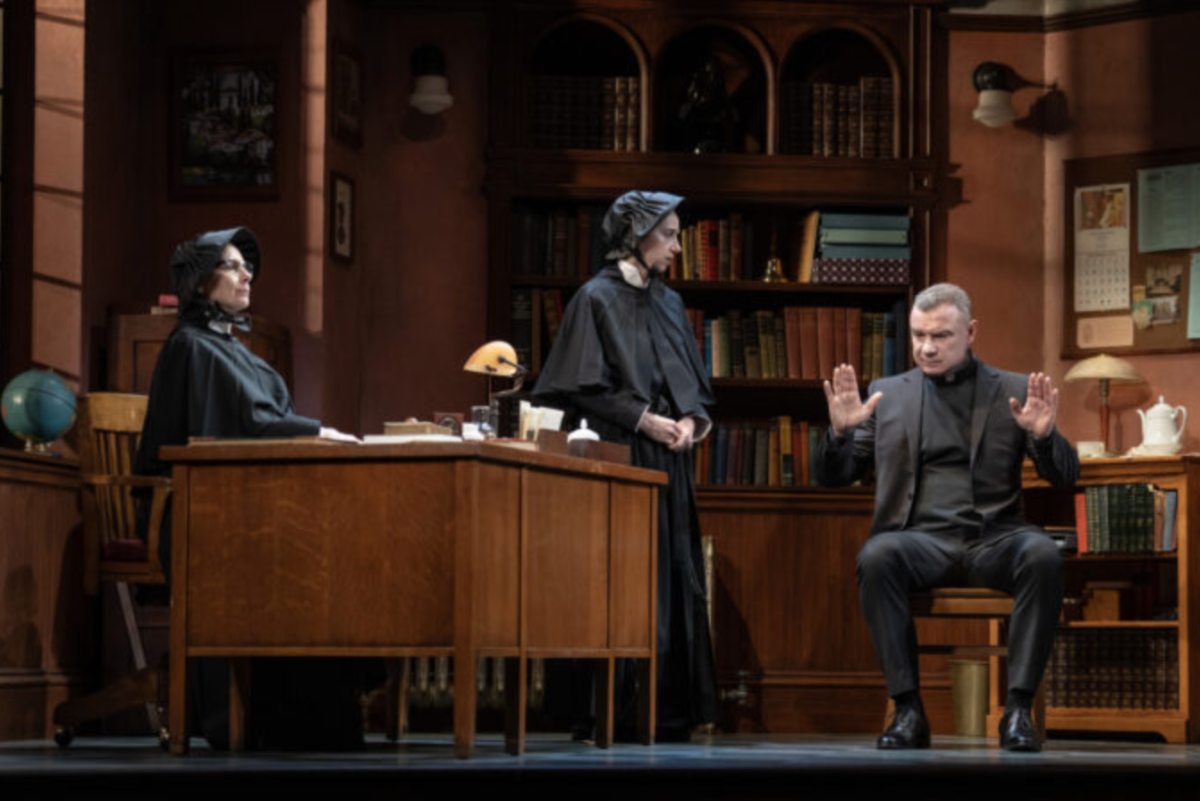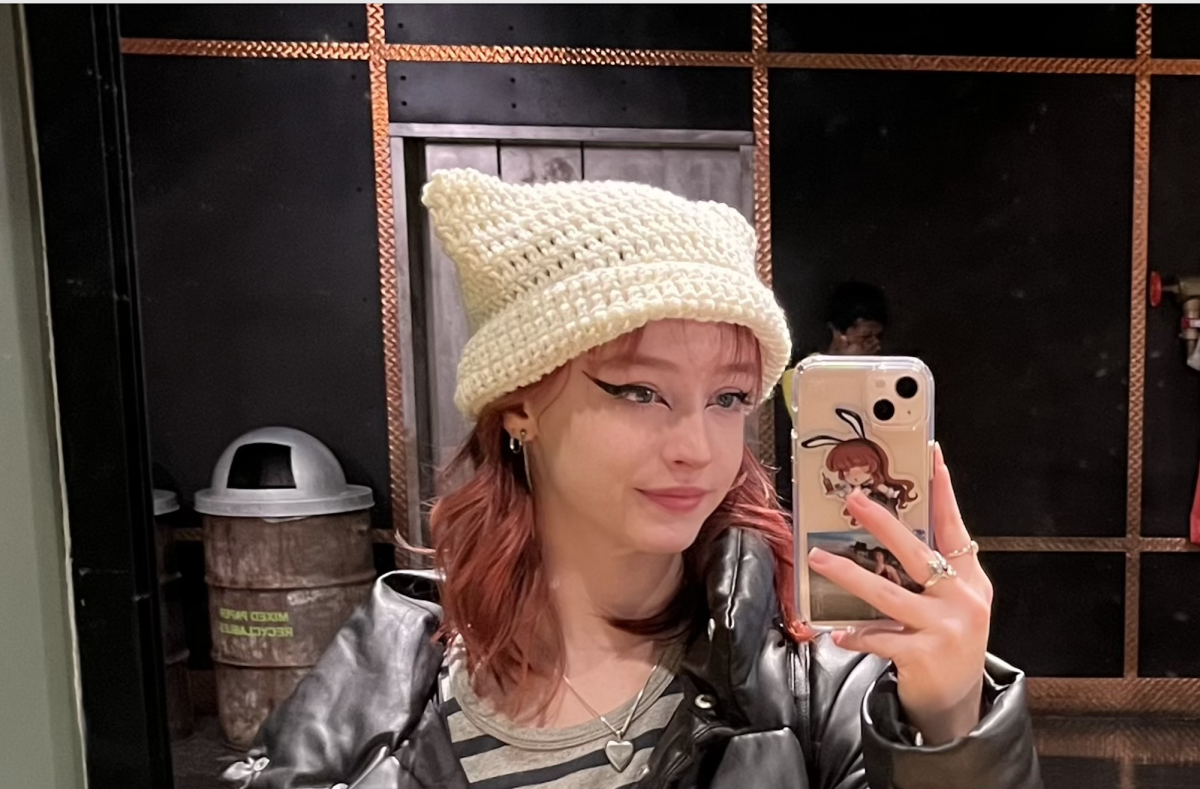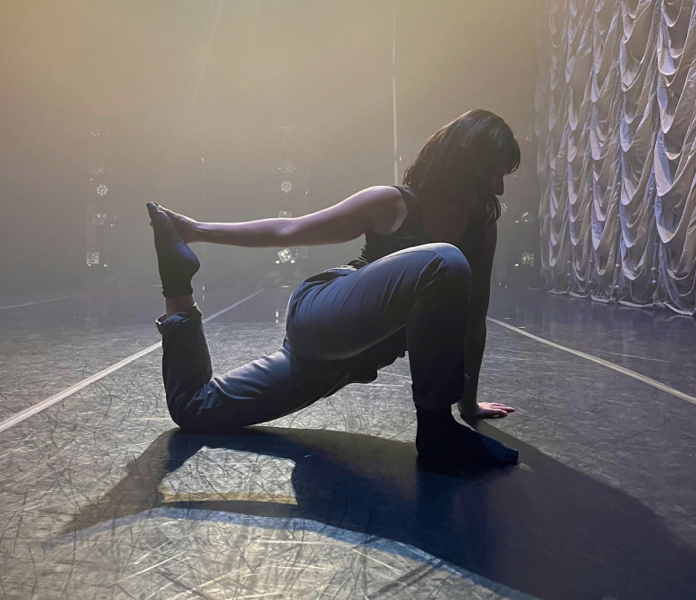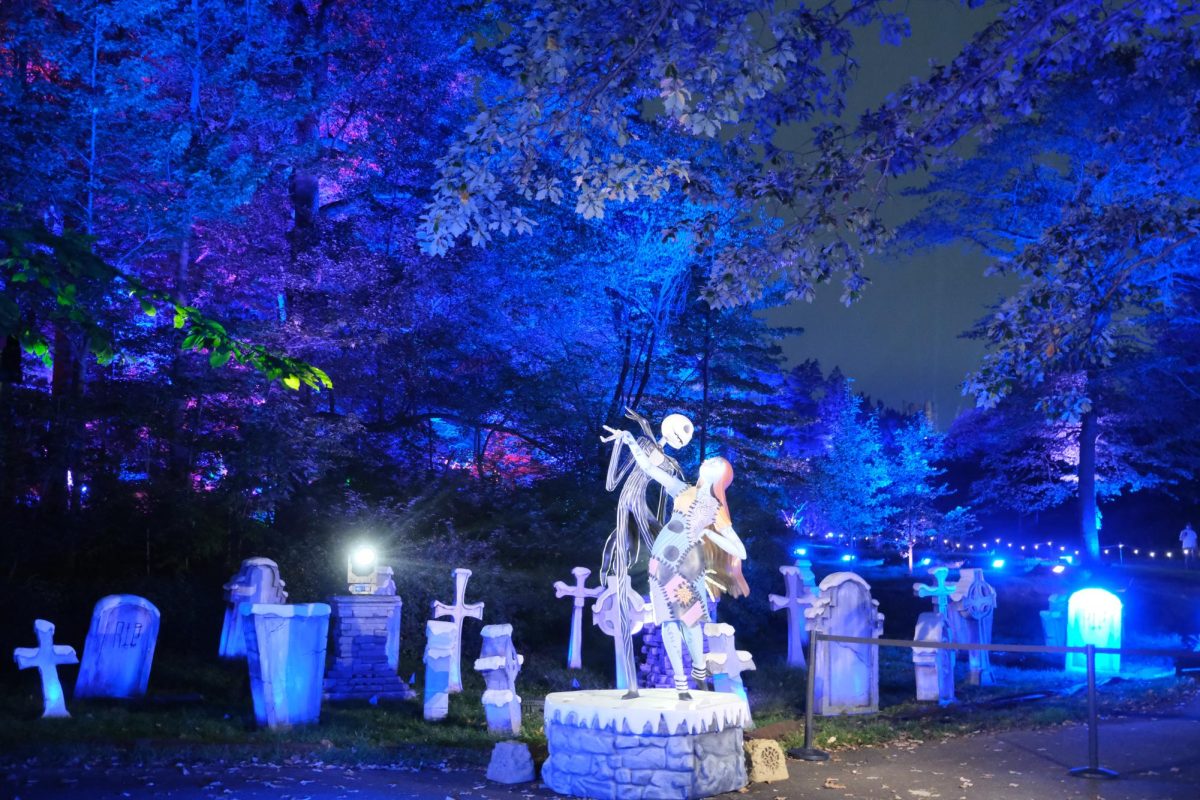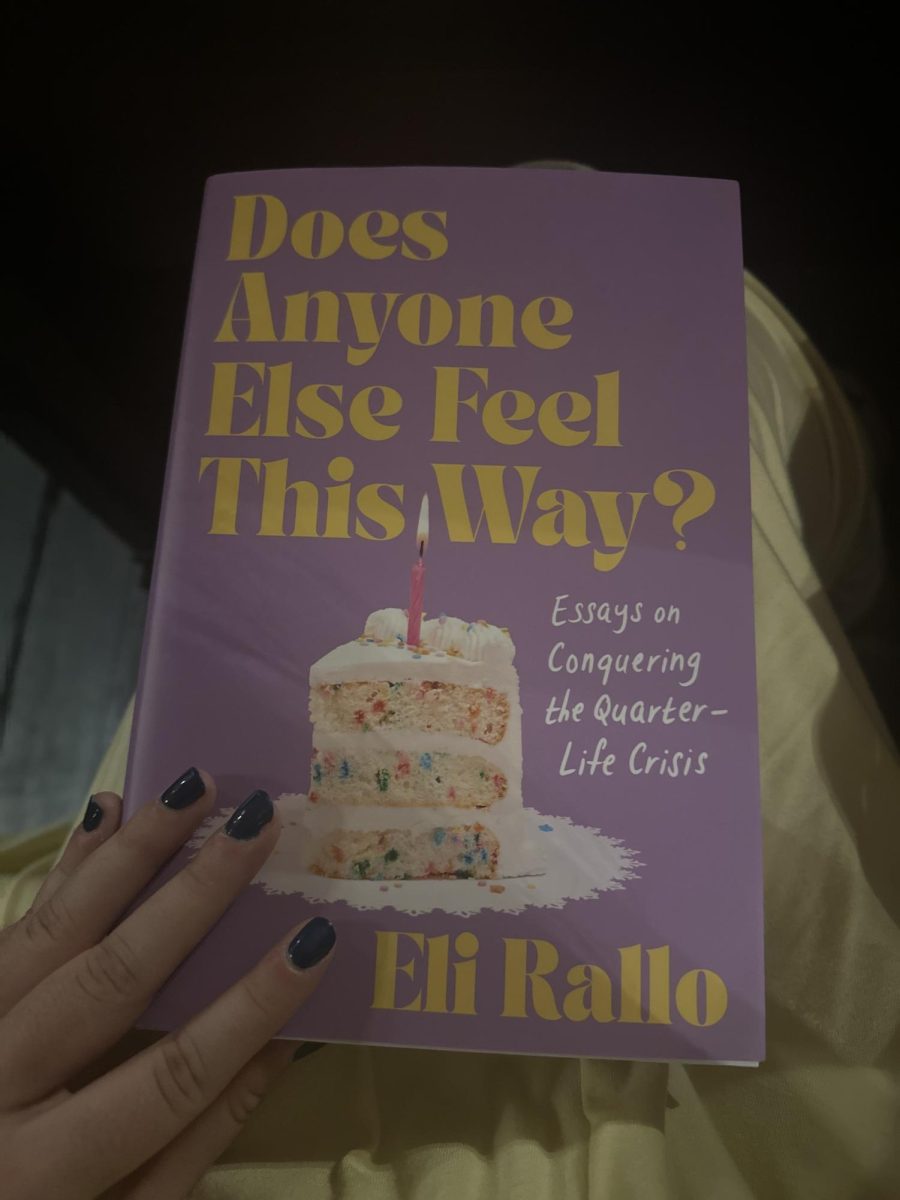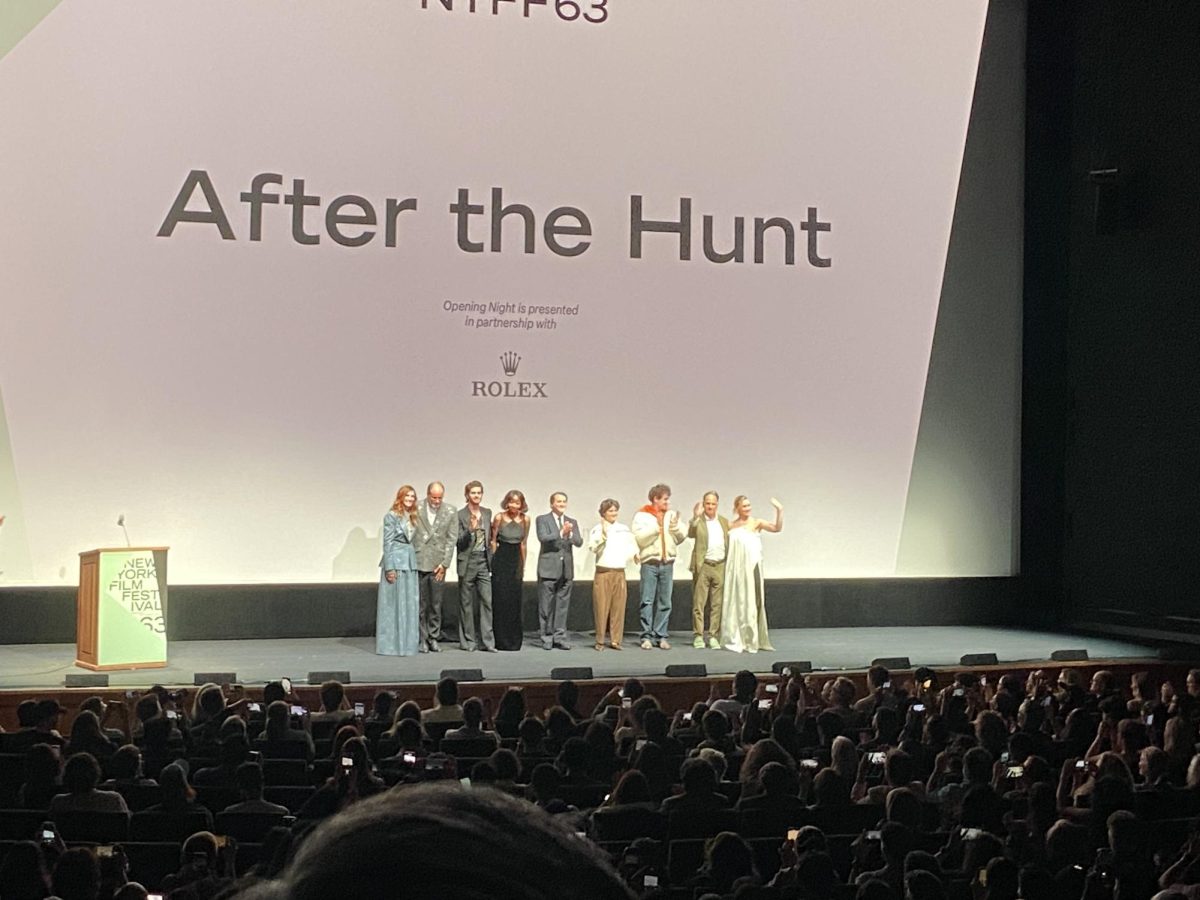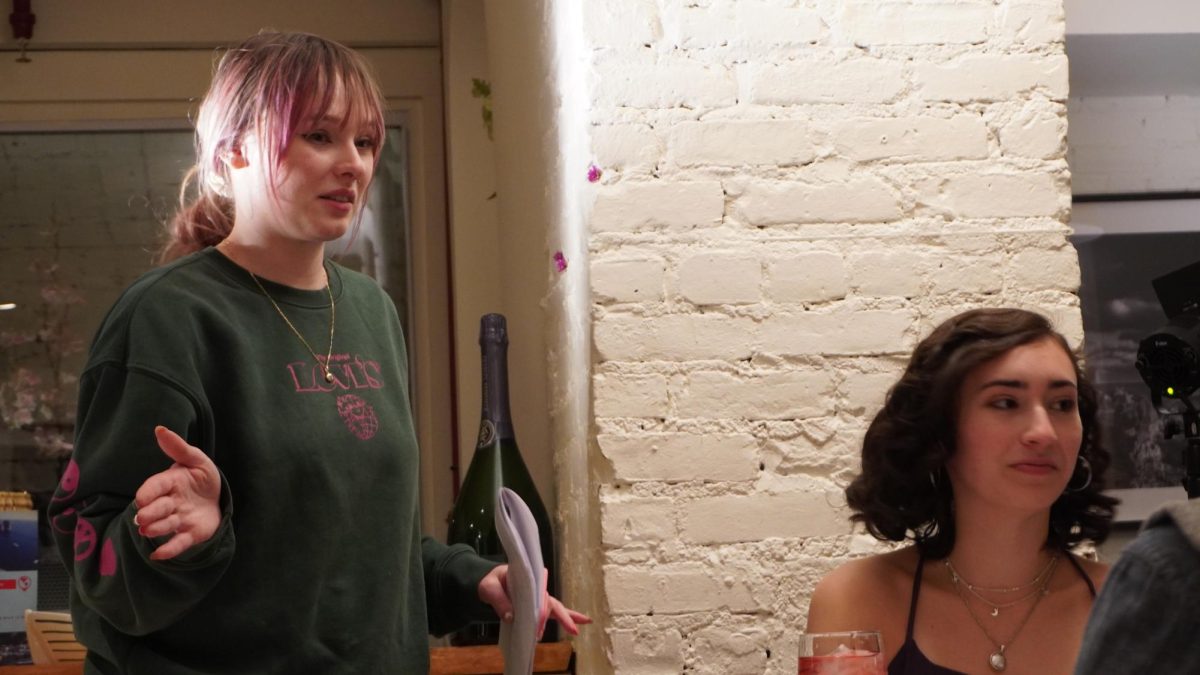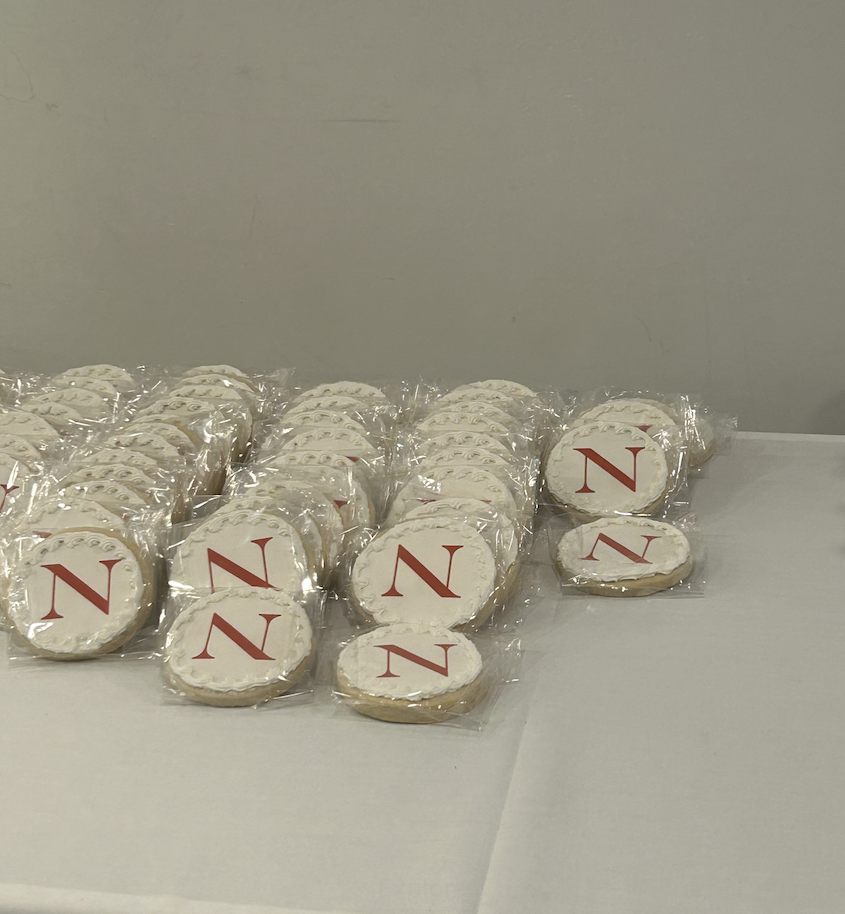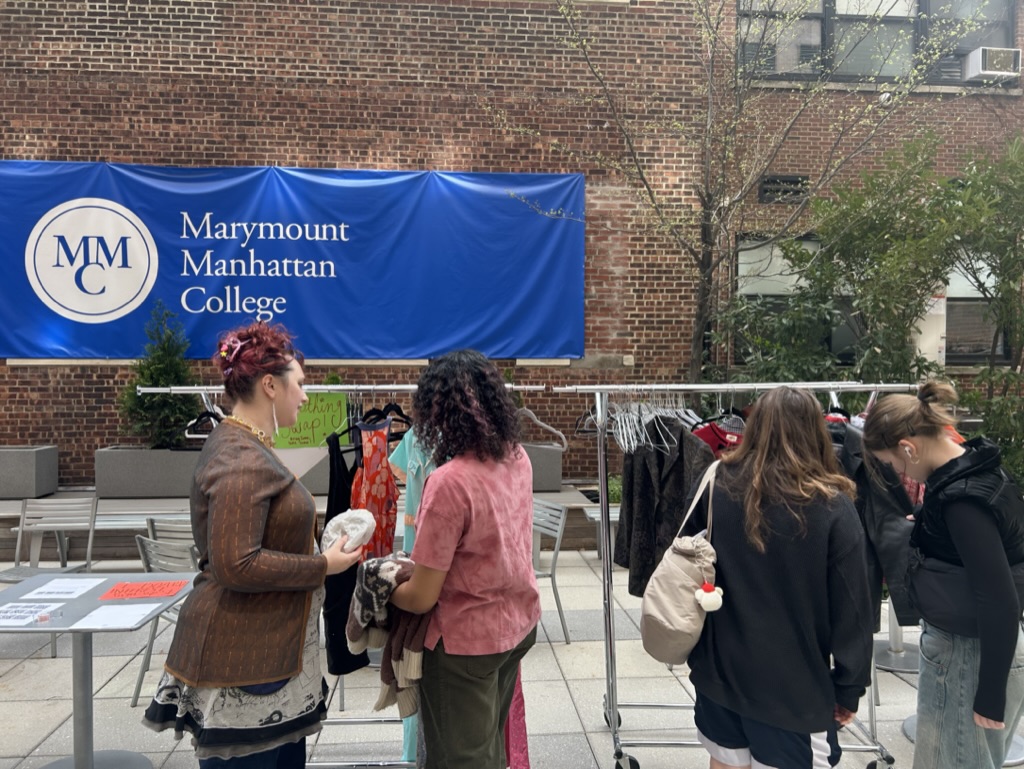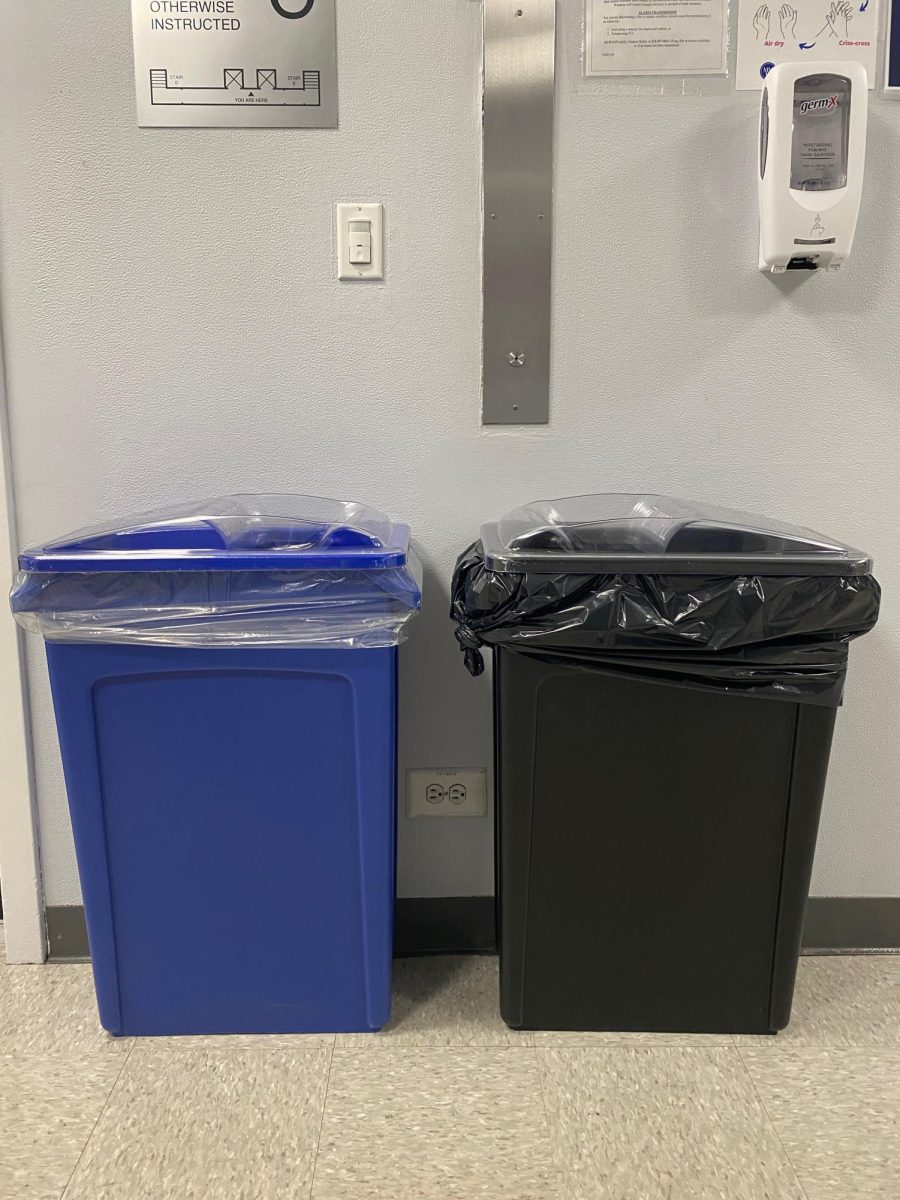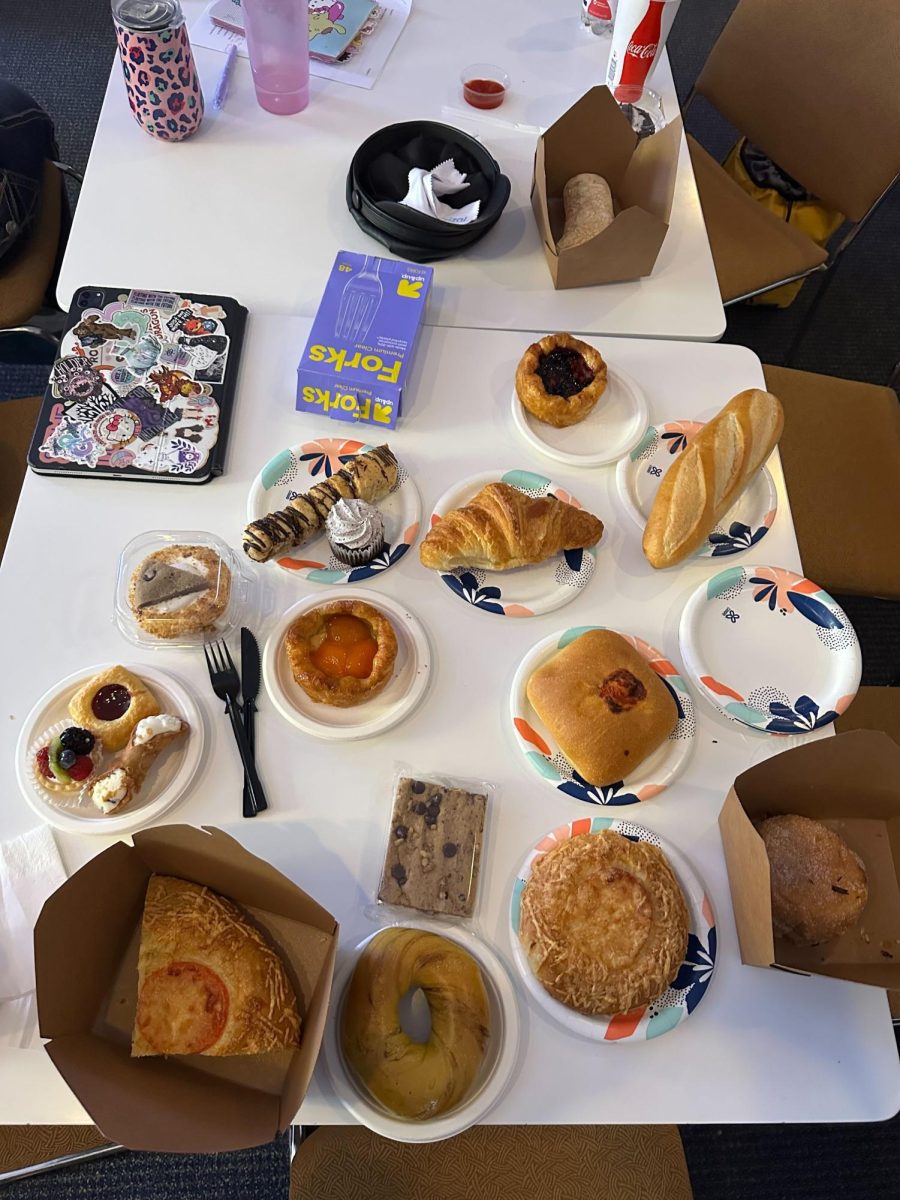March marks the start of the annual celebration of Women’s History Month, and what better way to acknowledge women than by visiting an exhibition about women, made by women, and installed by women? The Costume Institute’s fall show Women Dressing Women is on view at The Met Fifth Avenue until March 10th. This collection comprises approximately 80 ensembles fashioned by over 70 different women designers.
Women Dressing Women explores the concepts of anonymity, visibility, agency, and absence/omission; tracing the influence of women designers in prominent fashion houses from the 20th century to the present. The exhibition comes at a timely moment, during a discussion surrounding the scarcity of women designers currently sitting at the helm of fashion labels, sparked by Sarah Burton’s departure from Alexander McQueen. The garments on display illustrate contributions made by countless women that have impacted the fashion industry and social autonomy of women immeasurably.
When walking through the gallery myself, I was struck by the artistry, distinction, and history behind each item. Every piece felt entirely individual and even the mannequins themselves offered differing presentations. The portrayal of varying types of abled and shaped bodies flowed seamlessly into the Costume Institute’s multifaceted expression of women.
Participating in the space felt like entering into a dream closet, where each piece held historical significance and had been intentionally and intricately crafted. While viewing each ensemble I couldn’t help but imagine that I was Princess of Genovia and these were my garments, and part of the magic of the exhibit was that every viewer could have a similar experience. During my stay I found myself gravitating towards four ensembles in particular.
The first piece that caught my eye was an ensemble by Simone Rocha from spring/summer 2022. This ensemble is a dress made of white silk brocade, white nylon tulle embroidered pearls, and one surprise material: porcelain baby teeth. In this garment, Rocha fused gothic undertones and feminine features, drawing inspiration from motherhood. The beaded breast pockets represent the structure of a nursing bra and the dress’s shape is that of a nightgown, alluding to the postpartum struggles surrounding sleep.
The second garment that stood out was an Ensemble from the House of Dior designer Maria Grazia Chiuri, from their spring/ summer 2016 collection. Chiuru was the first woman head designer of the House of Dior, and this piece rang in her inaugural collection. The simplicity and form of this ensemble contrast greatly with some of the more intricate works around it. The quilted jacket with knickerbockers creates a version of a fencing uniform, inferring a love of sport and an assertion of position. The embroidered heart in red silk and glass seed beads was added to the white cotton canvas in 2020.
Thirdly, this Court presentation dress by two sisters in France during the 1920s was striking. The dress is made of pink silk chiffon, and ivory tulle and embroidered with ribbons, cords, insets, and floss. The two women behind the garment were Sylvia Boué and Jeanne d’Etreillis, sisters who became renowned for their rococo sensibilities that sprung from eighteenth-century French inspiration. This piece was worn in 1928 by the donor to the court of St. James.
Finally, this piece from Alexander McQueen’s Sarah Burton was impossible to miss. The dress is constructed of white silk organza and mesh and embroidered with glass beads and crystals. The headpiece itself is made of lace, and detailed with beads and sequins. This piece displays the fusion of Burton’s sensibilities with those of McQueen’s at a time when many doubted her abilities to lead the brand. The ensemble is shimmering and reflective, portraying the contrasts of hard and soft in an armor-like silhouette.
These four garments represent just a few of the women who played pivotal roles in the last century of fashion. Countless other pieces bring the gallery to life, as well as a moving projection that shows a family tree map of women contributors throughout the century, and a catalog of the gallery’s content that is available for purchase. This exhibition will be on display for only a short while longer, just in time for International Women’s Day on March 8th.
